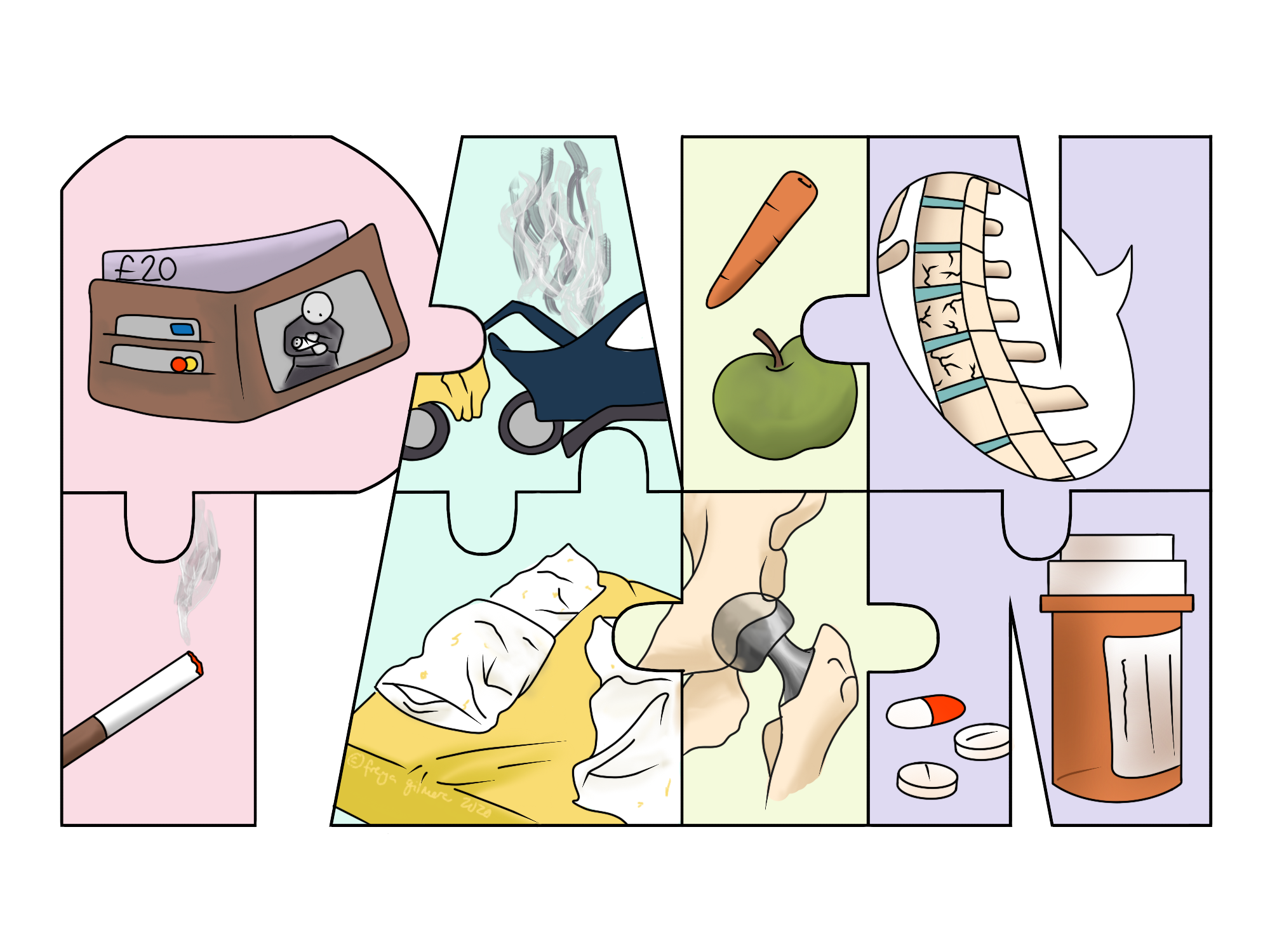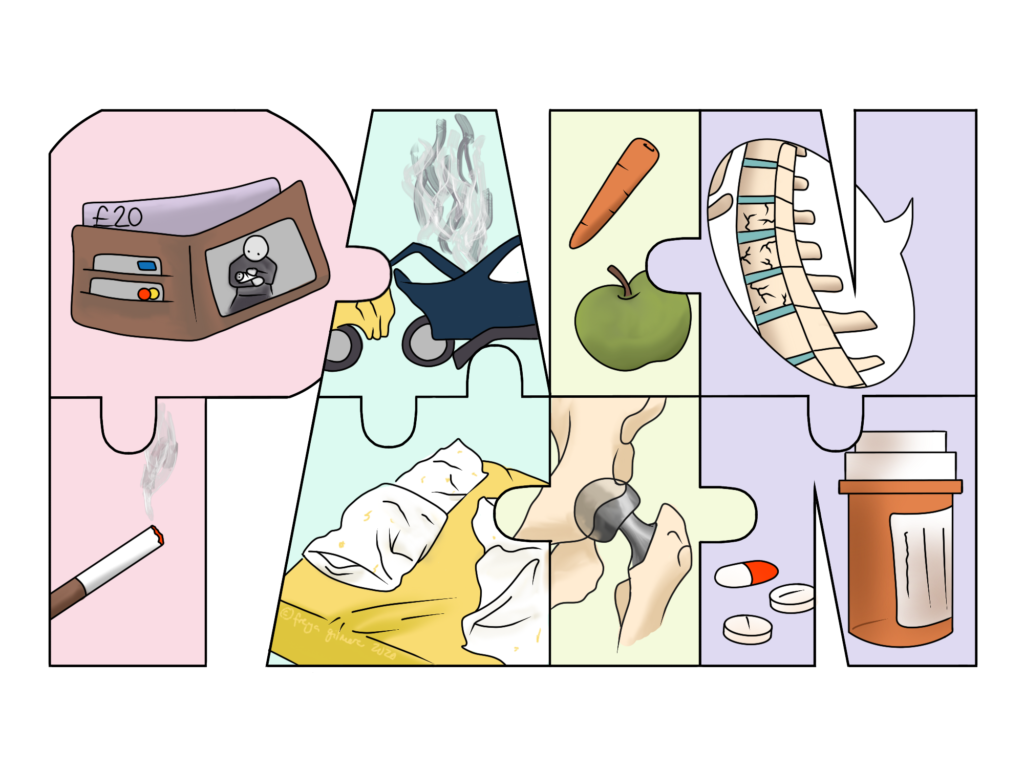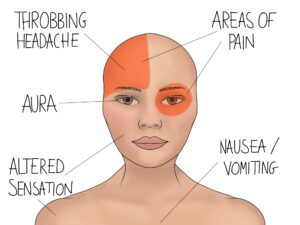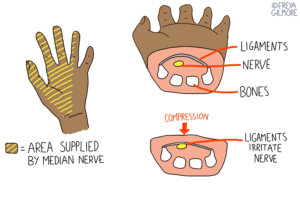Chronic pain is simply defined as pain that lasts for more than three months, but this can be split into two distinct types.
Primary Chronic Pain
If pain is present, but cannot be attributed to another condition, it is referred to as primary chronic pain. This includes “pain conditions” such as migraines, tension headaches, and chronic pelvic pain.
Sometimes when patients with these conditions first come to clinic, they have been through every investigation and still left in the dark about why they are in pain. Your osteopath has the time to help talk you through the science behind your symptoms.
Secondary Chronic Pain
When the pain is a result of another condition, it is classified as secondary. This is still the case where pain remains after the original condition is considered “resolved”. Long term musculoskeletal conditions generally come under this category, such as osteoarthritis or chronic nerve irritation.
These conditions need a dual approach: managing the pain as well as treating the original cause.
Differences with Acute Pain
When pain has been present for a long time, it can alter the way the nervous system treats pain. This means that for some people, it can be extremely hard to manage effectively. Painkillers and other typical management strategies may have become ineffective, which leads to a draining, worrying experience. When pain begins to affect your ability to carry out your work or normal daily activities, it can have a significant affect on your mental health as well. This must not be underestimated.
Management
Osteopathy can play a role in managing some cases of chronic pain, although this may need to be in conjunction with other therapies. Research shows that therapeutic touch can play a positive role in reducing pain levels. So whether your pain is primary or secondary, osteopathy may be able to help you.
Any kind of pain has deep links with emotion and psychology. A diagnosis of primary chronic pain may lead some people to feel that their pain is considered invalid. It is important to understand that pain is complicated: the absence of an identifiable structural issue does not mean the pain is not real. Pain is contextual, and it might be the case that the solution is to change the context. This might mean making a physical change, or modulating the nervous system.
Alongside psychology, there are plenty of lifestyle links to pain. Smokers have a higher incidence of long term pain. Insufficient sleep is linked to longer lasting pain too. Making progress may be dependent on changing a number of factors. We can help direct you here.
It makes sense that you would be hyper aware of every small scratch you feel on your legs while walking in long grass if you were previously bitten by a snake in the same conditions. Pain is a protector, and it really wants you to react to it! There are a number of talking therapies that may be able to unpick the patterns behind your pain, and your osteopath may be able to help direct you to someone who can help.
See if we can help manage your chronic pain: make an appointment here.





